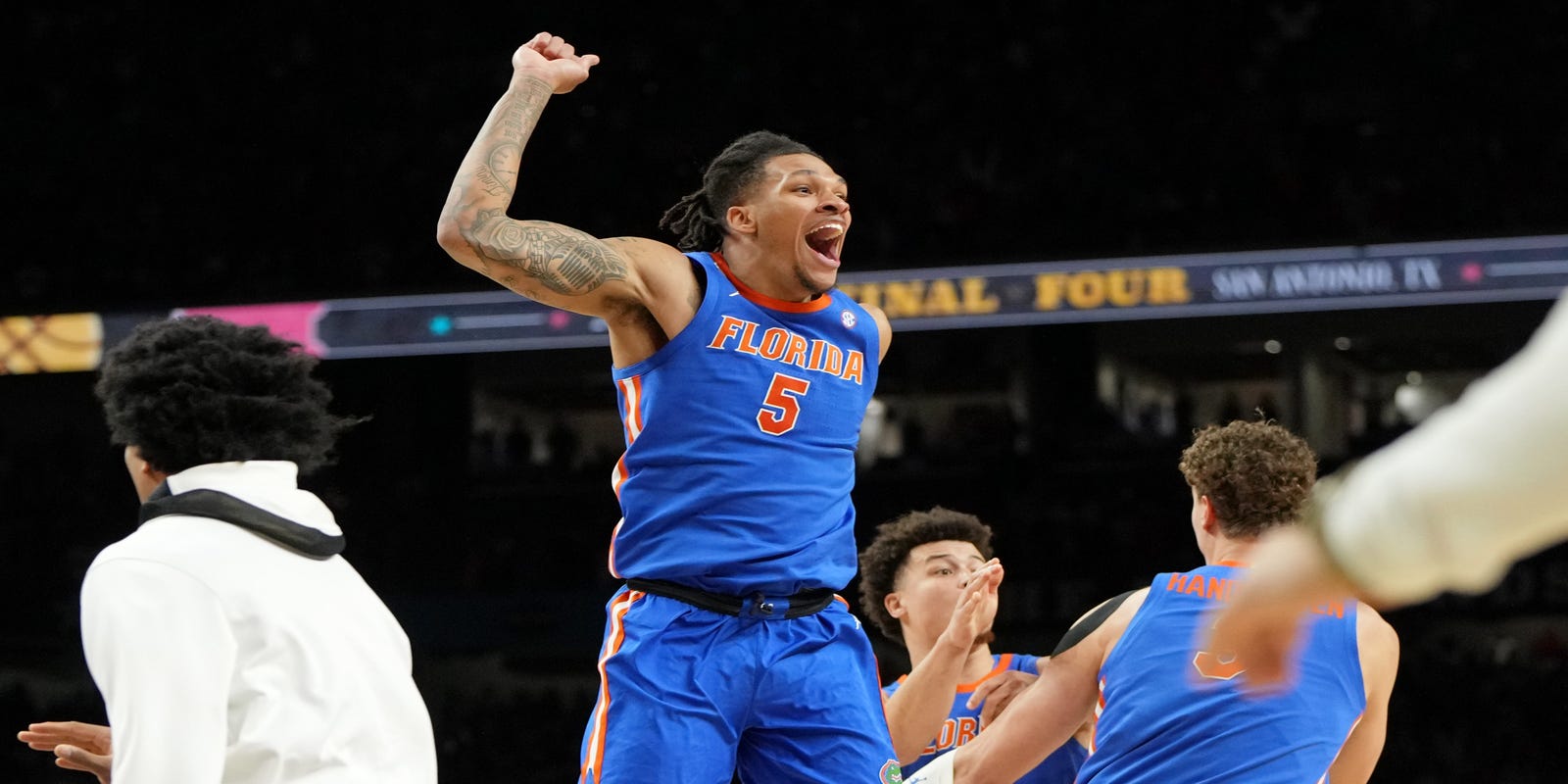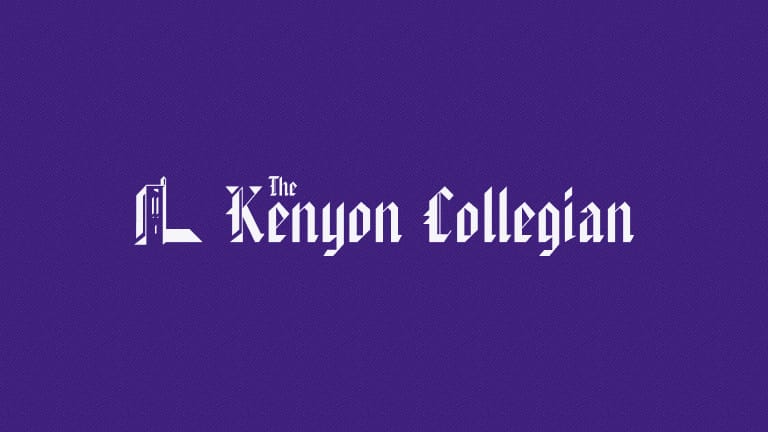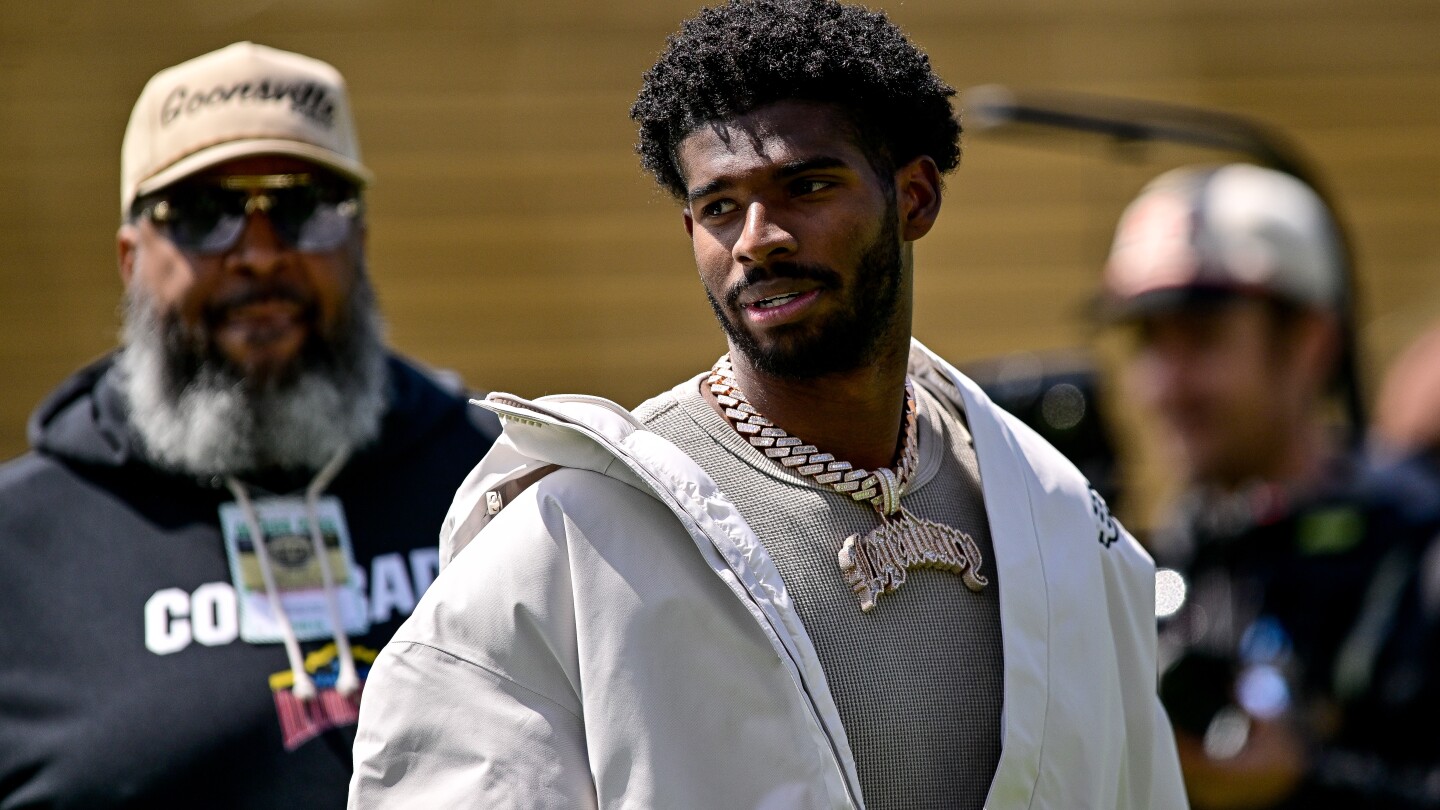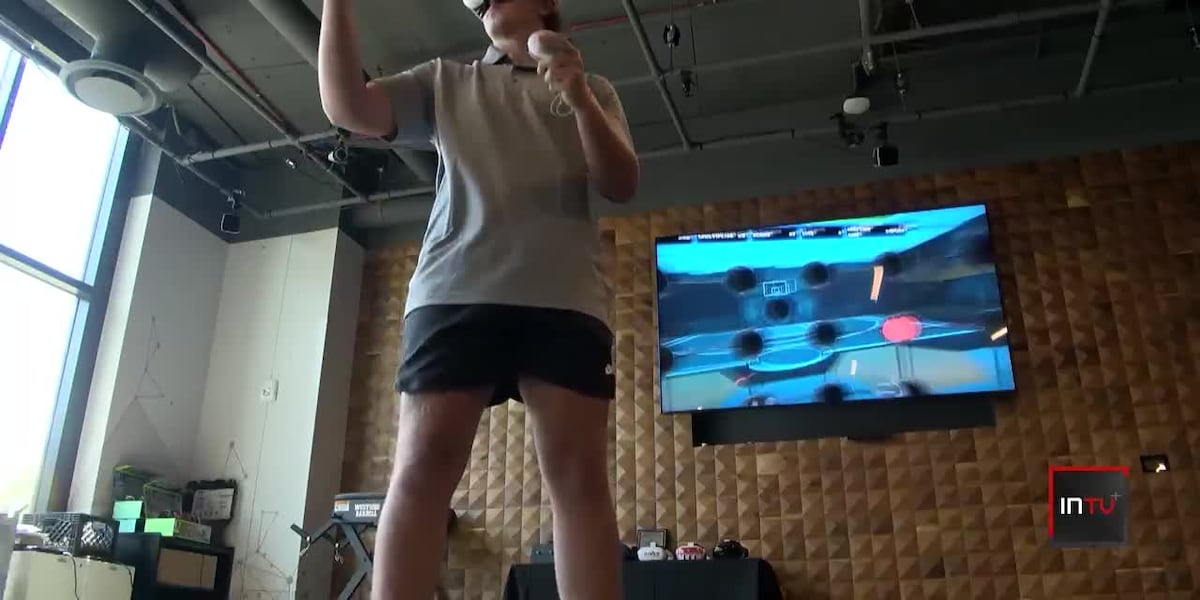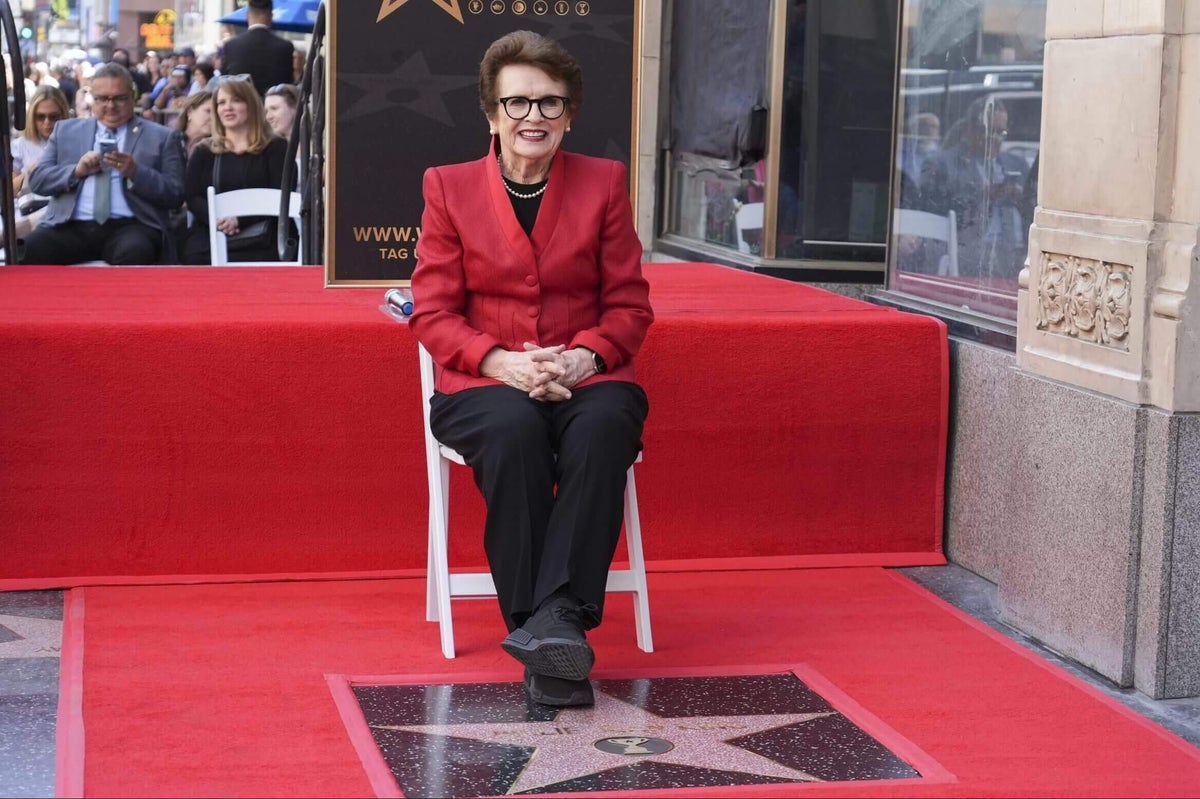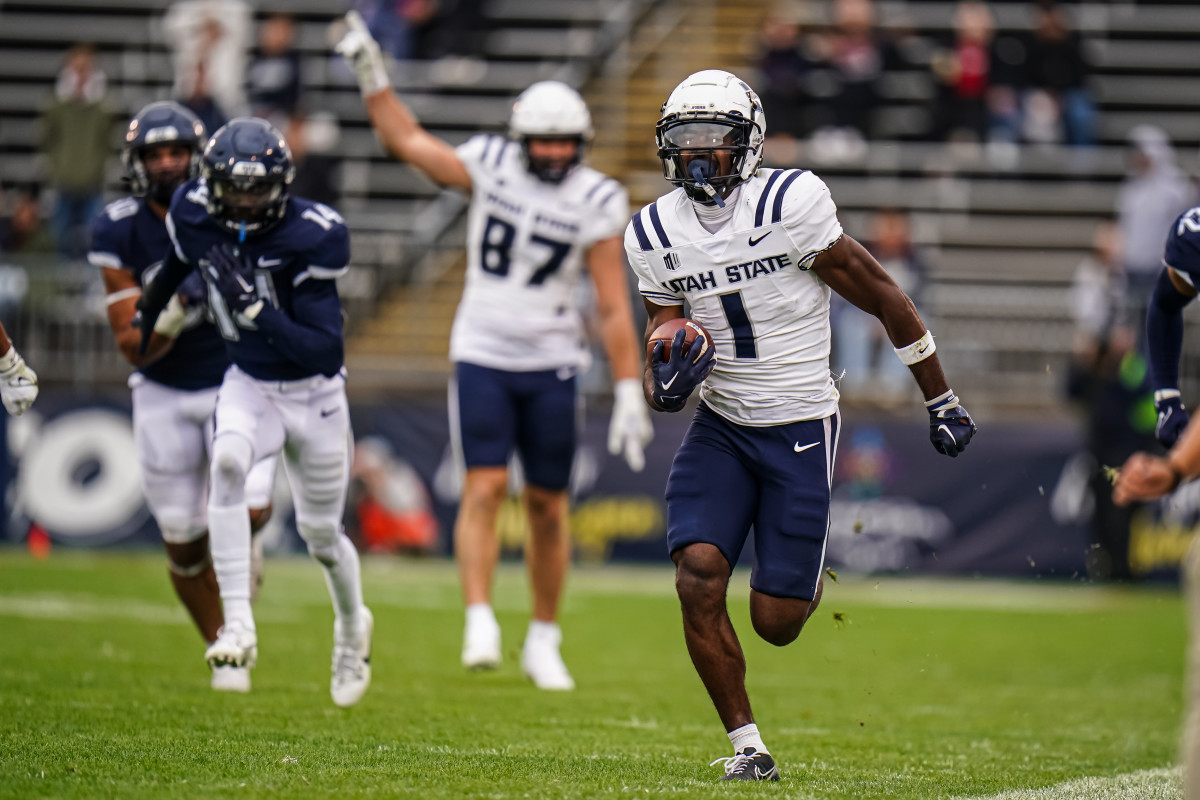Pandemic Playbook: How COVID-19 Rewrote the Rules of Sports Forever
Sports
2025-04-09 00:00:00Content
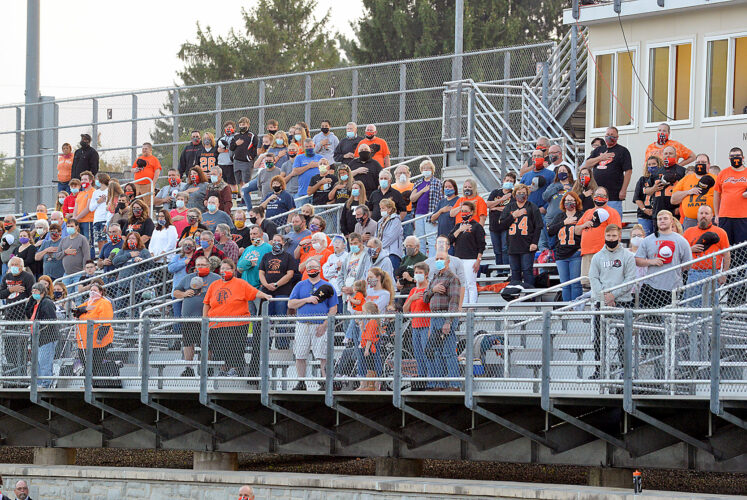
Remembering the Pandemic's Impact on High School Sports: A Turning Point
In a moment that would forever change the landscape of high school athletics, the Pennsylvania Interscholastic Athletic Association (PIAA) made the unprecedented decision to cancel the entire spring sports season on April 9, 2020, as the COVID-19 pandemic swept across the nation.
This pivotal moment marked more than just a lost season; it represented a profound transformation in how we experience and understand scholastic sports. What began as an unexpected interruption would go on to reshape ticket sales, game protocols, and the very essence of high school athletic competitions.
On March 11, 2020, high school gymnasiums across Pennsylvania were bustling with energy and anticipation—unaware that they were about to witness a historic disruption that would reverberate through communities, schools, and the lives of young athletes.
As we look back, this moment serves as a powerful reminder of resilience, adaptation, and the enduring spirit of student-athletes who faced unprecedented challenges with courage and determination.
Pandemic's Playbook: How COVID-19 Transformed the Landscape of High School Sports
In the unprecedented era of global pandemic, the world of high school athletics faced an extraordinary challenge that would fundamentally reshape how sports were played, experienced, and understood. The COVID-19 crisis struck at the heart of scholastic competition, forcing administrators, coaches, and athletes to reimagine traditional sporting frameworks and adapt to a new, uncertain reality.When the Game Stopped: A Turning Point in Scholastic Athletics
The Sudden Halt of Athletic Competitions
The coronavirus pandemic created an unprecedented disruption in high school sports, bringing competitive activities to an abrupt standstill. Across Pennsylvania, athletic directors and school administrators were confronted with an impossible decision: protect public health or maintain athletic traditions. Gymnasiums fell silent, fields remained empty, and the vibrant energy of scholastic sports disappeared overnight. Athletic programs were forced to implement radical transformations, developing comprehensive protocols that balanced student safety with the fundamental human desire for competition. Coaches developed innovative training methods, utilizing virtual platforms and socially distanced practice techniques to maintain team cohesion and athletic development.Reimagining Spectator Experiences
The pandemic fundamentally altered how sports events were consumed and experienced. Traditional ticket sales models collapsed, replaced by digital streaming, limited attendance, and strict health protocols. Families and supporters adapted to watching competitions through screens, creating a new paradigm of remote athletic engagement. Venues implemented sophisticated health screening processes, temperature checks, and capacity restrictions. The intimate experience of live sports transformed into a carefully choreographed dance of safety and competition, where every interaction was meticulously planned and executed.Technological Innovation in Athletic Management
Digital technologies emerged as critical tools in managing athletic programs during the pandemic. Advanced contact tracing applications, real-time health monitoring systems, and sophisticated communication platforms became essential infrastructure for maintaining athletic continuity. Schools invested heavily in technological solutions that could provide safe, flexible athletic experiences. Virtual training sessions, remote coaching, and data-driven health assessments became standard practices, representing a significant technological leap in scholastic sports management.Psychological Impact on Student Athletes
The pandemic's disruption extended far beyond physical competitions, profoundly affecting student athletes' mental and emotional landscapes. Young athletes confronted unprecedented challenges, experiencing loss of structured training, competitive opportunities, and social connections. Mental health support became as crucial as physical training. Schools developed comprehensive support systems, offering counseling, virtual team-building activities, and individualized coaching to help students navigate the emotional complexities of pandemic-era athletics.Long-Term Transformational Strategies
The COVID-19 crisis accelerated systemic changes in scholastic sports that will likely persist beyond the immediate pandemic period. Flexible scheduling, hybrid training models, and enhanced health protocols represent fundamental shifts in how athletic programs conceptualize competition and student development. Educational institutions recognized the need for adaptable, resilient athletic frameworks that can withstand future disruptions. The pandemic served as a catalyst for innovation, pushing athletic programs to develop more dynamic, technology-integrated approaches to student sports participation.Resilience and Adaptation: The Ultimate Lesson
Ultimately, the pandemic revealed the extraordinary resilience of student athletes, coaches, and educational institutions. By embracing uncertainty, developing innovative solutions, and maintaining unwavering commitment to student development, scholastic sports communities demonstrated remarkable adaptability. The challenges of COVID-19 transformed athletic programs from traditional competitive models to dynamic, flexible ecosystems capable of thriving under unprecedented circumstances. This metamorphosis represents not just a response to crisis, but a profound reimagining of scholastic athletic experiences.RELATED NEWS

Lawmakers Crack Down: Proposed Legislation Targets Controversial Sports Betting Practices
